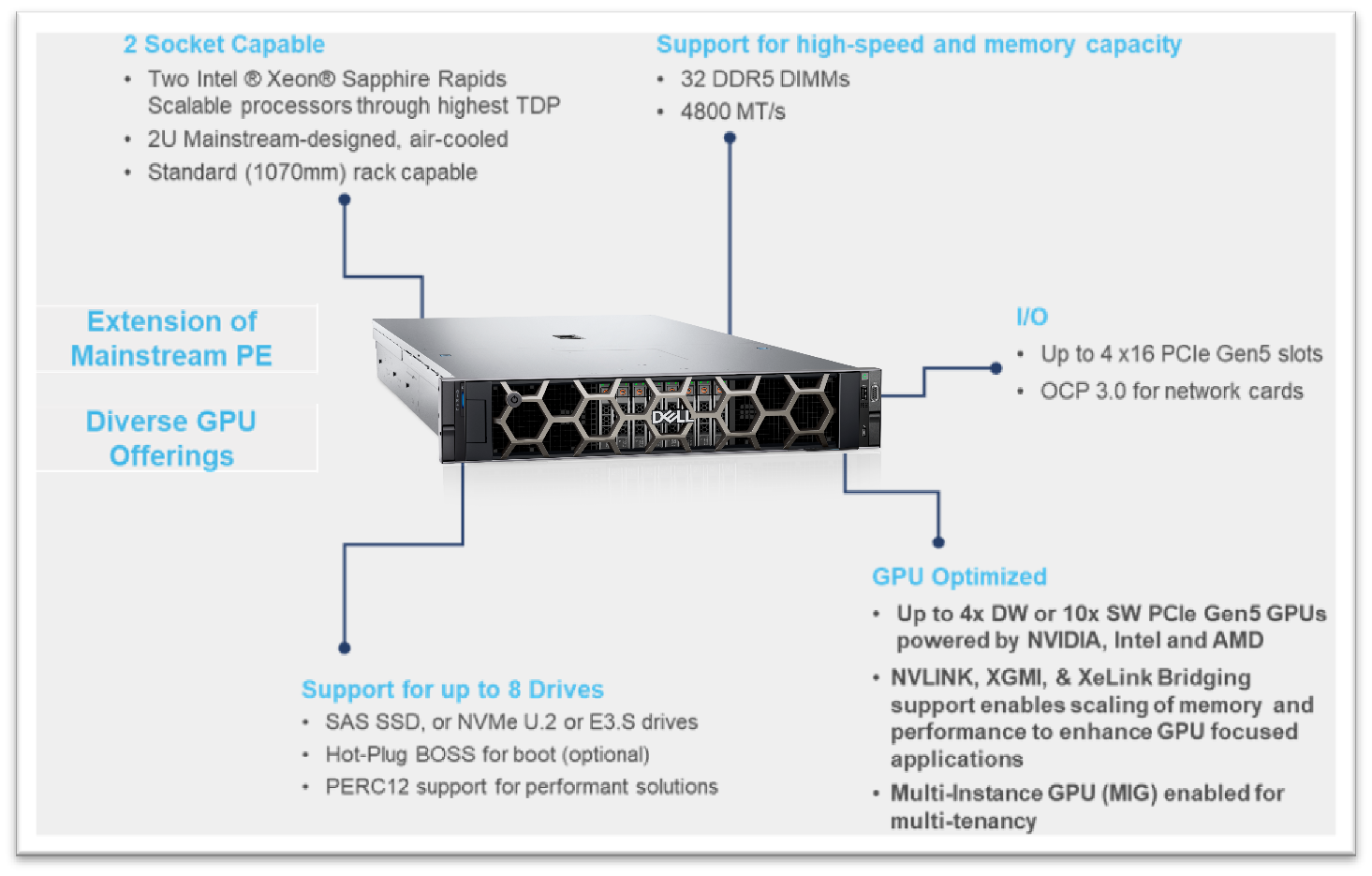Fine-Tuning Large Language Models
Key Concepts
Fine-tuning is a technique used to enhance the performance of large language models (LLMs) by adapting them to specific tasks or domains. There are different approaches to fine-tuning, including:
Supervised Fine-Tuning
In supervised fine-tuning, a pre-trained LLM is further trained on a labeled dataset. This dataset consists of input-output pairs, where the input is a prompt or sequence of tokens, and the output is the desired response or prediction.
Reinforcement Learning from Human Feedback
This approach involves using reinforcement learning to optimize the LLM's performance based on human feedback. Human raters evaluate the LLM's responses and provide feedback, which is used to adjust the model's parameters.
Requirements
To fine-tune an LLM, certain requirements must be met:
- Large Dataset: A large and diverse dataset is necessary to provide sufficient training data for fine-tuning.
- Compute Resources: Fine-tuning LLMs requires substantial compute resources, including GPUs or specialized hardware.
- Memory: The size of the LLM and the dataset used for fine-tuning determines the memory requirements.
Fine-Tuning Llama 2
Llama 2 is an LLM with 70 billion parameters. To fine-tune Llama 2, you can follow these steps:
- Load the Model: Load the Llama 2 model onto the appropriate hardware.
- Prepare the Dataset: Gather and prepare the dataset for fine-tuning.
- Select Fine-Tuning Method: Choose the fine-tuning approach that best suits your task (supervised or reinforcement learning).
- Train the Model: Train the LLM on the dataset using the selected fine-tuning method.
- Evaluate Performance: Monitor the model's performance during training and evaluate it on a held-out test set.


Comments